According to Susan Massick, a dermatologist at the Ohio State University Medical Center (USA), acne patches are small adhesive strips that can stick to the skin, helping to absorb fluid, excess oil and pus from pimples.
Acne patches not only act as absorbent but also help protect the skin from being touched, squeezed or scratched, which can make acne worse, according to USA Today (USA).
Not only that, the patch also creates a membrane that helps limit bacteria from entering the damaged skin area, thereby reducing the risk of scarring, according to Elite Dermatology, a dermatologist in the US.
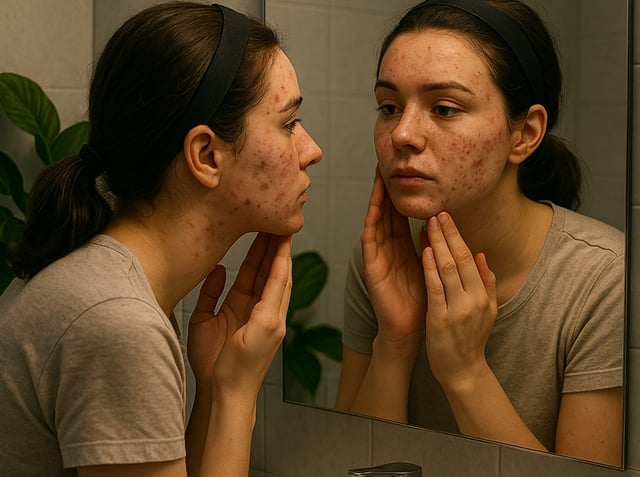
For cystic acne, pustules, or blackheads, patches are unlikely to have any significant effect.
Illustration: AI
How do acne patches work?
The inner layer of the patch contains ingredients such as gelatin, pectin and sodium carboxymethyl cellulose, which have the ability to absorb pus and turn into a gel when in contact with the pimple.
The waterproof outer layer helps maintain an ideal moist environment for acne-prone skin to recover quickly.
When applied to the skin, the patch will begin to absorb fluid, reduce swelling and redness, and create a closed environment to help the pimple heal faster.
Some patches also contain active ingredients such as benzoyl peroxide, which helps kill bacteria.
When to use acne patches
Despite the many benefits, not all types of acne can be treated with patches.
According to Massick, the product works best on small pimples that are on or close to the surface of the skin. As for nodules, cysts, or blackheads, the patch is unlikely to have much effect.
“Cystic and nodular acne are often deep under the skin and need to be treated with prescription topical or oral medications,” says Massick.
How to use acne patches properly
To get the most out of the patch, users need to pay attention to how to use it. First, the skin must be thoroughly cleaned to remove dirt, oil and makeup.
If the skin is not clean, the patch will not be able to create a healthy environment for the acne to recover.
Also, do not apply serum or moisturizer under the patch, as this can reduce adhesion and hinder the absorption process.
After applying, leave it on for 12 to 24 hours. When the patch turns white (a sign that it has absorbed a lot of fluid), or begins to peel off, replace it with a new one.
After removing the patch, gently wash your face and only continue using it if the pimple is still swollen.
However, as advised by experts, if you are experiencing persistent or severe acne, it is best to see a dermatologist for a thorough examination and treatment.
Source: https://thanhnien.vn/co-nen-su-dung-mieng-dan-mun-khong-185250621232055565.htm



![[Photo] Cutting hills to make way for people to travel on route 14E that suffered landslides](https://vphoto.vietnam.vn/thumb/1200x675/vietnam/resource/IMAGE/2025/11/08/1762599969318_ndo_br_thiet-ke-chua-co-ten-2025-11-08t154639923-png.webp)




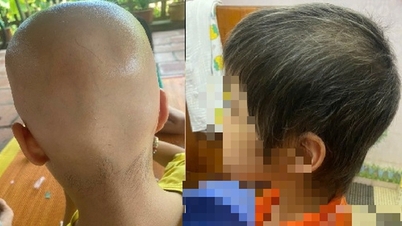

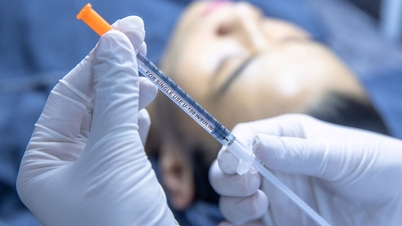


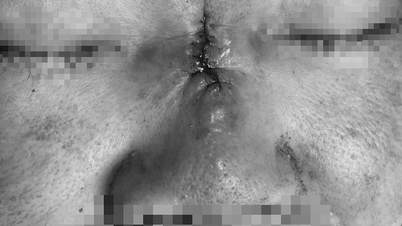






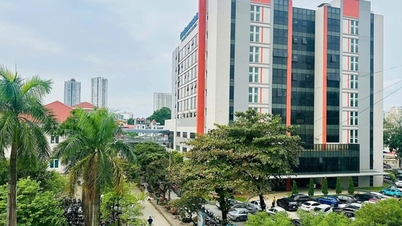








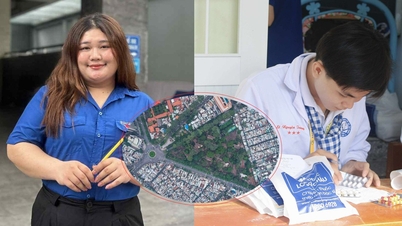




![[Photo] "Ship graveyard" on Xuan Dai Bay](https://vphoto.vietnam.vn/thumb/1200x675/vietnam/resource/IMAGE/2025/11/08/1762577162805_ndo_br_tb5-jpg.webp)







![[Video] Hue Monuments reopen to welcome visitors](https://vphoto.vietnam.vn/thumb/402x226/vietnam/resource/IMAGE/2025/11/05/1762301089171_dung01-05-43-09still013-jpg.webp)

































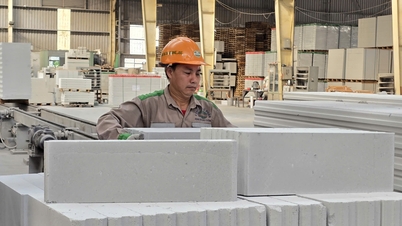



































Comment (0)